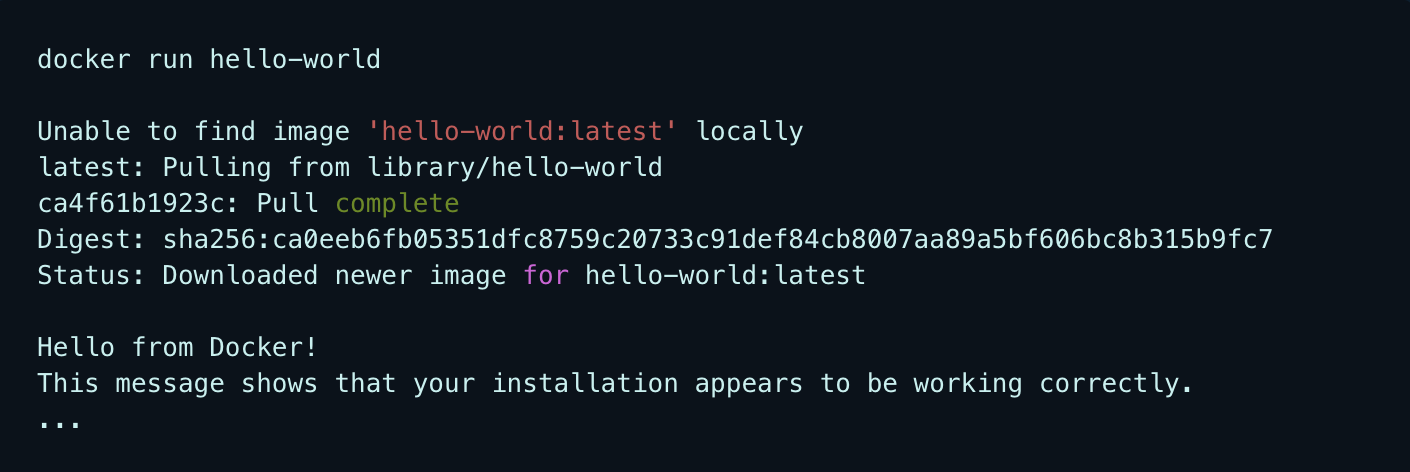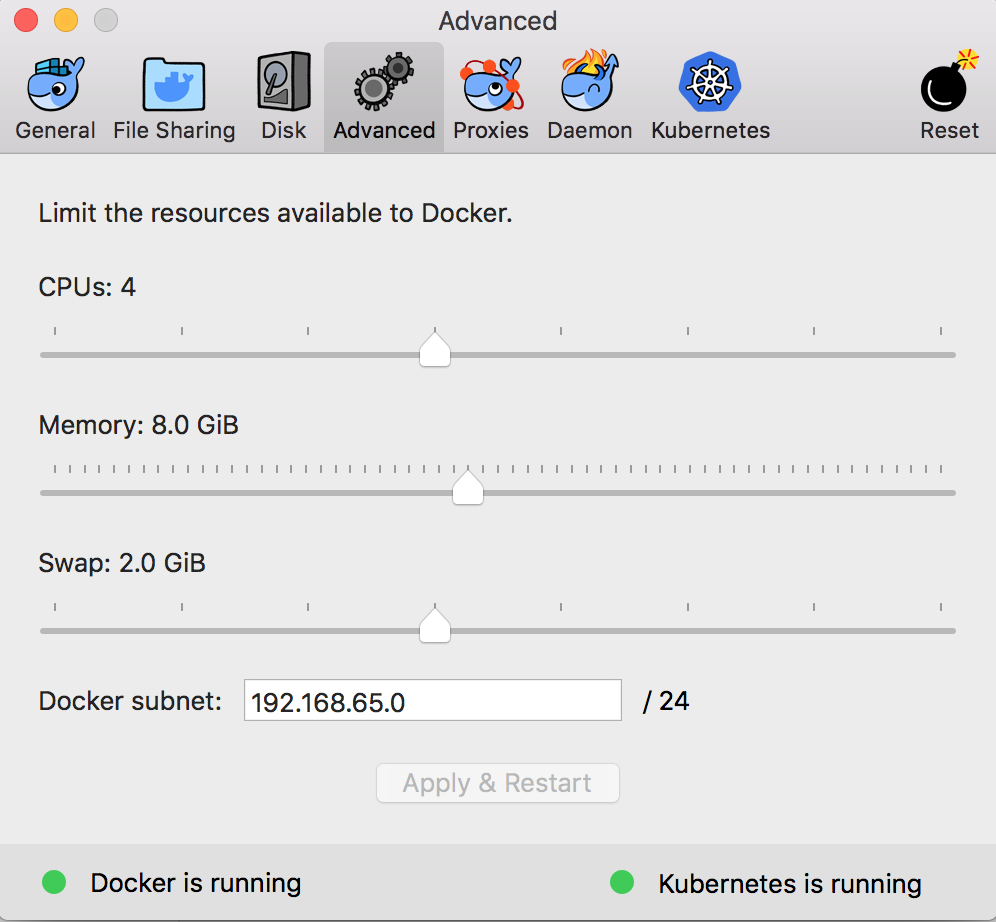

- #Brew install docker mac for mac#
- #Brew install docker mac update#
- #Brew install docker mac code#
- #Brew install docker mac password#
Finally, we have the postgres user and the password we supplied to the container at runtime. In the connection screen in Arctype below, we have forwarded the docker port to another local port, 9.8.7.6 and we have determined that the localhost is the interface which Docker is running on. The root user for the database is postgres. When you first ran the container, you provided the root password for the postgres container as an environmental variable. Username and Password for Postgres in Docker HOWEVER, in most cases this WILL NOT be the hostname of the database.

#Brew install docker mac for mac#
For other ways to install on MacOS, see Install Docker for Mac in Dockers docs. After that, you only need to follow the Docker GUI to run the initial configuration. Homebrew will find and download the Docker package and run the installer. Next, you can get the IP address of the Postgres database in Docker by running the following command, using the name of your instance. Docker for Mac is best installed with Homebrew and Homebrew Cask. Installing Docker on Mac With Homebrew Cask Now that you have Homebrew installed, you can execute the following command to install Docker: brew cask install docker That’s it. Use the Docker Desktop GUI or the command line with docker ps to ensure that the container is running. docker run -name my-postgres -e POSTGRES_PASSWORD=mysecretpassword -d postgres You cannot set this in the Docker Desktop GUI and must do so on the command line. The Postgres image requires that you supply a root password. Uses standard, durable, long-term formats like HTML, JSON, PDF, PNG, and WARC. Supports scheduled/realtime importing from many types of sources.
#Brew install docker mac code#
Extracts a wide variety of content out-of-the-box: media (youtube-dl), articles (readability), code (git), etc. To get the latest one pull it on the command line: docker pull postgresĪfter you do this you can run docker images to see your postgres image or view it in the Docker Desktop GUI. Installs (30 days) docker-compose: 970: Installs on Request (30 days) docker-compose: 964: Build Errors (30 days) docker-compose: 0: Installs (90 days) docker-compose: 2,803: docker-compose -HEAD: 3: Installs on Request (90 days) docker-compose: 2,791: docker-compose -HEAD: 3: Installs (365 days) docker-compose: 9,014: docker-compose -HEAD. Comprehensive documentation, active development, and rich community. The first thing to do is to get the latest version of Podman by. Get the Official Postgres Docker ImageĬheck out the list of Postgres versions available in docker. I am going to assume you installed podman using Homebrew. Open a cmd (search for the app cmd or powershell) Run: cd C:minikube and enter minikube start. Rename the file to minikube.exe and put it in C:minikube. The first time you do this there will be additional commands to run. Minikube on windows: Download the latest minikube-version.exe.

Run Docker by using the command line or Docker.app.
#Brew install docker mac update#
If you use Brew you can install Docker as a cask with: brew install -cask docker If you already have Homebrew installed on your system, you should update it and all the installed formulas by running: brew update To install VirtualBox. docker: 20.10.17: Pack, ship and run any application as a lightweight container: docker-completion: 20.10.17: Bash, Zsh and Fish completion for Docker: docker-compose: 2.7.0: Isolated development environments using Docker: docker-compose-completion: 1.29.2: Completion script for docker-compose: docker-credential-helper-ecr: 0.6.0: Docker. If so, as a workaround you have to set up a special mountpoint inside /etc/fstab and start your container from there.You can download the Docker installer from the Docker website.


 0 kommentar(er)
0 kommentar(er)
